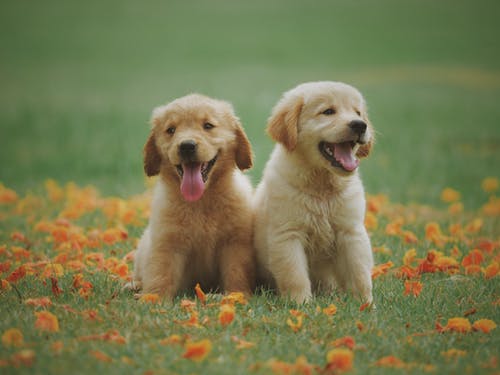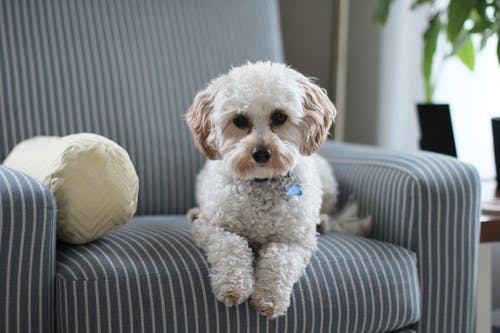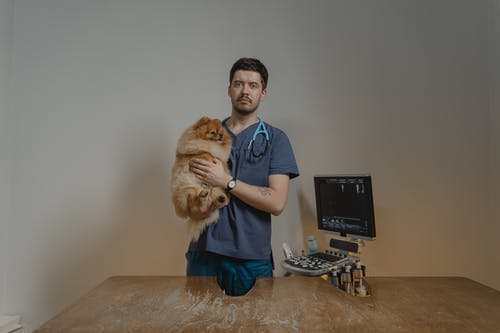Many scenarios could occur that your pet will require surgical intervention. After the procedure is completed, pet parents are likely to experience a high anxiety level due to the risks associated with the procedure, no matter if it’s an elective or medical emergency.
It is entirely normal, considering that cats and dogs respond precisely in the same way humans react to anesthesia and surgery. The healing process is the same for them as it is for us. You can accelerate their recovery by offering post-surgery treatment.
Effective Post-Surgery Care
The entire family is affected, and dog surgery can be a stressful moment for everyone. They are worried about the procedure itself and what will occur after the procedure. In addition to all the affection and love you give them, they’ll need additional attention. Find out how you can aid your pet in recovering after surgery.
1. Restrict Activity
Your pet might want to play and jump; however, anesthesia or lethargy could hinder it. Certain animals are stubborn and insist on exercise. If your animal appears good, limit its activities to prevent reopening the surgical incision.
Research has shown that surgical incisions heal within seven days, so that a resting period will aid. Your pet could be detained for 3-6 weeks or more to undergo bone surgery. Consider keeping your pet in a cozy cage or in a small space in which you can watch it. Be sure to have fresh water close to their beds so they don’t need to travel far to drink.
If you ought to know more about the effects of surgery on your pet, you can click here or better yet, ask the veterinary surgeon who performed the operation.
2. Check on the Wound
It is recommended that you examine the site of your pet’s cut every day, once in the morning and in the evening, even after the initial 24 hours. There should be minimal swelling or redness, and there should be no discharge. Don’t apply pressure to the area of the incision. Always clean your hands before looking at the area.
It’s normal to feel a lump or knot; that isn’t something to worry about. Consult your doctor if you notice a pronounced and persistent redness, swelling, or discharge from the wound.
To ensure your pet’s full recovery, you need to have a scheduled appointment with a reputable veterinarian. You can also research online on websites like www.affordavetac.com for your pet’s overall wellness and veterinary needs.
3. Give Prescribed Medications
Although your pet appears to be doing well, it should complete its medication; otherwise, its recovery could be hindered. Incomplete drugs can leave your pet susceptible to infection and cause antibiotic resistance. Because dogs and cats are similar to humans in terms of pain, this procedure can cause your pet to be uncomfortable and suffer.
Do not give your pet painkillers. Paracetamol and a few NSAIDs could be fatal for cats and dogs. Only give vet-prescribed medications.
4. Provide Nutritious Diet
Your pet might not be hungry enough to consume food due to postoperative discomfort. Aid your pet to regain its appetite. Offer something nutritious, tasty, and easy to digest. Wet food is much more enjoyable than dry pellets. Start by feeding small amounts and gradually move to more significant cuts.
Please do not force your pet to consume food after surgery, as it could vomit. After your pet has gained the appetite it once had, feed it food rich in calories and protein, which is digestible. They are essential to healing wounds.
If your pet went for dental surgery, you need the assistance of a dog dentist, to ensure that the wound is properly healing and is not affecting the dental wellness of your pet.
5. Funnel-shaped Collar
Get your pet a funnel-shaped collar, also known as ‘Elizabethan’ or ‘Buster collars,’ to prevent dogs from biting, licking, or gnawing their wounds or bandages. In recent times, most of these were made of plastic; however, you can now purchase them in soft fabrics so that your dog might feel more comfortable.
Be sure that the collar does not hinder your dog’s ability to drink or eat so that they become used to wearing the collar. Remove the collar whenever your dog needs to drink a glass of water or has a meal.








